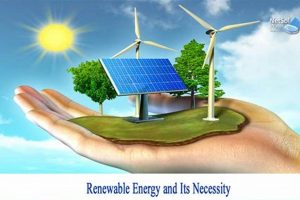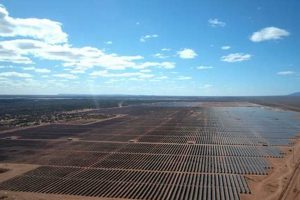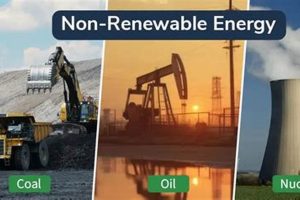
Acoustic energy, while a viable power source, derives from mechanical vibrations and requires an initial energy input. This initial source can be renewable, such as wind or flowing water causing vibrations, or... Read more »

Non-renewable energy sources, derived from ancient organic matter, are finite and contribute significantly to greenhouse gas emissions. These sources, including coal, oil, and natural gas, power a significant portion of global economies.... Read more »

Organizational momentum, particularly within a specific team or functional unit, refers to the collective drive and enthusiasm propelling work forward. A high-performing team demonstrates this through proactive problem-solving, innovative thinking, and a... Read more »

Renewable energy sources harness naturally replenishing processes to generate power. These resources, including solar, wind, hydro, geothermal, and biomass, offer sustainable alternatives to traditional fossil fuels. For example, solar panels convert sunlight... Read more »

Renewable energy sources developed and deployed within the United States, such as solar, wind, hydro, geothermal, and biomass power, contribute to the nation’s energy portfolio. For example, wind farms harness kinetic energy... Read more »

Employment opportunities in Western Pennsylvania related to sustainable power generation, including solar, wind, hydropower, geothermal, and biomass energy, offer a variety of roles such as installation, maintenance, manufacturing, research, and development. For... Read more »

Representing one megawatt-hour (MWh) of electricity generated from eligible renewable sources within the state, these instruments serve as a tradable commodity. A wind farm, for example, generates electricity and receives one of... Read more »

Defining an optimal sustainable energy source necessitates consideration of numerous factors, primarily resource availability, technological maturity, environmental impact, and economic viability. No single energy source consistently outperforms all others across every metric,... Read more »

The state of South Australia has distinguished itself through a significant commitment to power generation from sources like solar and wind. This commitment is evident in the large-scale deployment of photovoltaic systems,... Read more »

Non-renewable energy sources derive from finite resources that cannot be replenished at a rate comparable to their consumption. These resources, primarily fossil fuels (coal, oil, and natural gas) and nuclear fuels (uranium),... Read more »


